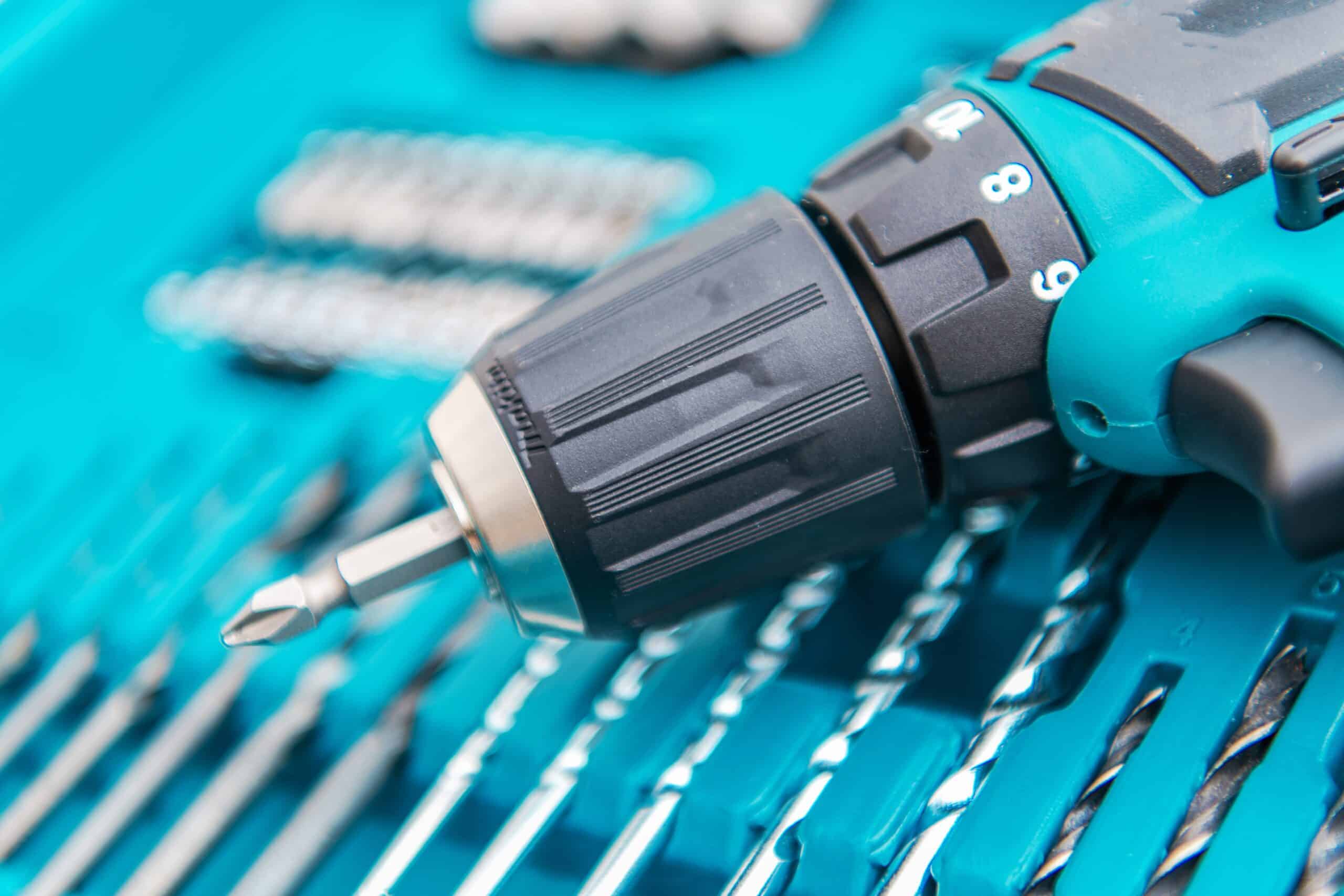Can You Use a Normal Drill as a Screwdriver?
Key Takeaways
- A normal drill can be used as a screwdriver, but not every drill is suitable for this purpose
- Cordless drills with variable speed and a clutch function are typically better suited for driving screws
- Using a drill as a screwdriver offers convenience, increased precision and control, versatility, portability, and an ergonomic design, but it may have limitations such as size and weight, higher speed and power, the need for bit changes, and compatibility of bits.
Many people wonder if a normal drill can be used as a screwdriver. The answer is yes, a normal drill can be used as a screwdriver, but it’s important to note that not every drill is suitable for this purpose. In this article, we will explore the various factors that determine whether a drill can effectively be used as a screwdriver and discuss the pros and cons of doing so.
Types of Drills
There are several types of drills available on the market, including cordless drills and corded drills. When it comes to using a drill as a screwdriver, cordless drills with variable speed and a clutch function are typically better suited for the task. These drills allow you to adjust the speed and torque settings, providing better control and preventing overtightening or stripping screws. On the other hand, corded drills are generally not recommended for driving screws as they lack the adjustable features found in cordless models.
Drill vs. Screwdriver
Before we delve further into using a drill as a screwdriver, let’s first understand the main differences between the two tools. A drill is primarily used for making holes in various materials such as wood, metal, and concrete. It can also be used for tightening screws. On the other hand, a screwdriver is specifically designed for tightening and loosening screws. It is smaller and more compact, making it suitable for use in tight spaces.
Cordless drills are more versatile and can be used for drilling holes, driving fasteners, polishing, and other tasks. They typically deliver higher torque and have higher power ratings compared to electric screwdrivers. Drills also tend to be larger and heavier, while screwdrivers are smaller and more lightweight. Electric screwdrivers, on the other hand, are primarily used for driving screws. They have less torque and are easier to handle.
Pros and Cons of Using a Drill as a Screwdriver
Now that we have a better understanding of the differences between a drill and a screwdriver, let’s explore the pros and cons of using a drill as a screwdriver.
Pros:
- Convenience and time-saving: Cordless drills can drive screws faster and with less effort compared to manual screwdrivers.
- Increased precision and control: Adjustable speed and torque settings allow for better control and prevent overtightening or stripping screws.
- Versatility: Cordless drills can handle different screw sizes and types with interchangeable screwdriver bits.
- Portability: Cordless drills can be easily moved around without restrictions of cords or power sources.
- Ergonomic design: Cordless drills are designed for comfort and reduce strain and fatigue during prolonged use.
Cons:
- Size and weight: Cordless drills may be larger and heavier than dedicated power screwdrivers, making them less maneuverable in tight spaces.
- Higher speed and power: The higher RPM and torque of cordless drills can be excessive and potentially damage delicate materials or strip screws.
- Need for bit changes: Switching between drilling and screwdriving modes can be cumbersome, especially when switching frequently during a project.
- Compatibility of bits: Hex-shank screwdriver bits used in cordless drills may not be as efficient or effective as dedicated screwdriver bits.
It’s important to weigh these pros and cons and consider your specific needs and circumstances before deciding to use a drill as a screwdriver.
Conclusion
In conclusion, a normal drill can indeed be used as a screwdriver. Cordless drills with variable speed and a clutch function are typically better suited for driving screws. They offer convenience, increased precision, versatility, portability, and an ergonomic design. However, they may be larger and heavier compared to dedicated power screwdrivers, and the higher speed and power can potentially cause damage. Ultimately, the decision to use a drill as a screwdriver depends on your specific requirements and preferences.
Related Websites:
- Can You Use a Drill as a Screwdriver? – Pro Tools Advisor
- How to Use a Drill as a Screwdriver – Better Homes and Gardens
- Drill vs Screwdriver: What’s the Difference? – Fine Power Tools
- Electric Screwdriver vs Drill: Which Tool to Choose? – Drilling Nerd
- Can a Cordless Drill Be Used as a Screwdriver? – Shun Tool
FAQs:
Q: Can you use a normal drill as a screwdriver?
Yes, it is possible to use a normal drill as a screwdriver. However, it may not always be ideal due to potential drawbacks such as lack of control and potential damage.
Q: What are the key differences between a drill and a screwdriver?
The primary differences between a drill and a screwdriver lie in their design and purpose. A drill is designed for high rotational speed and power, suitable for drilling holes, while a screwdriver is designed for torque and precision, perfect for driving screws.
Q: What should I consider when using a normal drill as a screwdriver?
When using a normal drill as a screwdriver, it is important to adjust the drill’s speed and torque settings appropriately. Additionally, using appropriate screwdriver bits and considering a magnetic holder can provide better control and efficiency.
Q: When should I use a screwdriver instead of a drill?
A screwdriver is more suitable than a drill in situations where precision, control, or delicacy are required. Examples include tasks that involve small screws, delicate materials, or tight spaces where a screwdriver’s design offers better efficiency and practicality.





